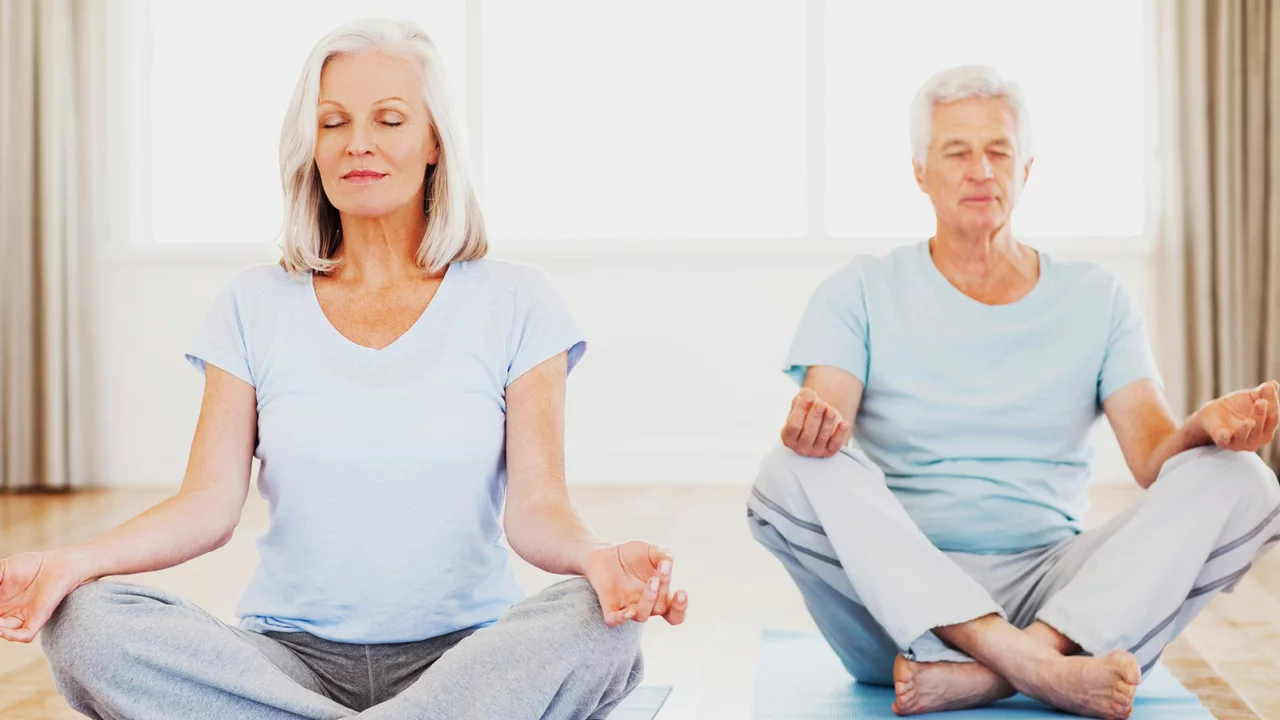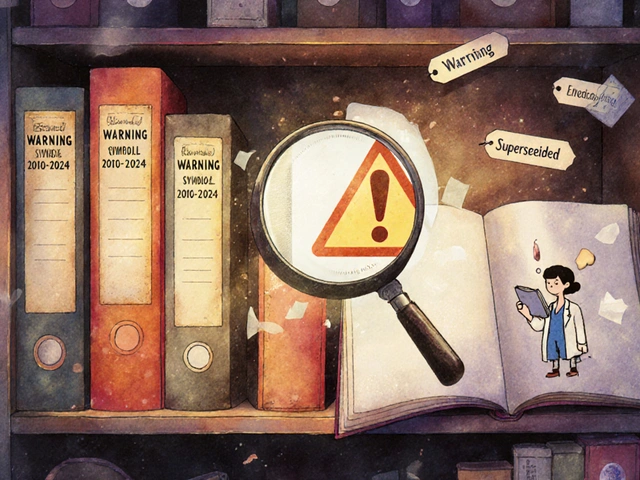
Mindfulness Made Simple: Everyday Tips for Calm & Focus
Ever feel like your mind is stuck on autopilot? You’re not alone. Most of us rush through the day, juggling work, family, and endless notifications, and the result is a brain that’s always buzzing. The good news? A few minutes of mindfulness can hit the reset button without any fancy equipment or expensive classes.
Why Mindfulness Matters
Mindfulness is basically paying attention—on purpose—to what’s happening right now, without judging it. That tiny shift helps lower stress hormones, sharpens concentration, and even improves sleep quality. Think of it as a mental workout: just like lifting weights builds muscle, regular mindfulness trains your brain to stay steady when life throws curveballs.
Research shows that people who practice mindfulness report fewer anxiety spikes and better mood stability. In practical terms, that means you’re less likely to snap at traffic, more capable of staying focused during a meeting, and quicker to bounce back from setbacks.
Quick Practices You Can Try Today
1. 5‑Minute Breath Check: Sit or stand comfortably, close your eyes if you like, and simply count each inhale and exhale up to five, then start over. If thoughts wander, gently bring them back to the breath. Do this first thing in the morning or during a break.
2. Body Scan on the Go: While waiting in line, mentally scan your body from toes to head. Notice any tension and release it with each exhale. It’s a fast way to reset posture and calm nerves without missing a beat.
3. Mindful Eating: Take one bite of your lunch, focus on texture, flavor, and temperature. Put the fork down between bites. This slows you down, aids digestion, and makes meals more enjoyable.
4. Gratitude Pause: Before bed, think of three things that went well today, no matter how small. Feel the positive emotions for a few seconds before drifting off. This habit trains your brain to spot good moments instead of ruminating on negatives.
All these techniques take less than five minutes and can be slipped into any routine. The key is consistency—doing a little each day beats doing a lot once in a while.
If you’re curious about deeper practice, consider downloading a free meditation app or joining a short online class. Many apps offer guided sessions tailored to stress relief, focus, or sleep, and most have a free tier that’s perfect for beginners.
Remember, mindfulness isn’t about emptying the mind; it’s about noticing thoughts without getting tangled up in them. Over time you’ll find yourself reacting less impulsively and feeling more present during conversations, workouts, and even while scrolling social media.
Give one of these tips a try today. Notice how just a few mindful breaths can change your mood, boost clarity, and make the rest of your day feel a little lighter.
-
2 Aug







